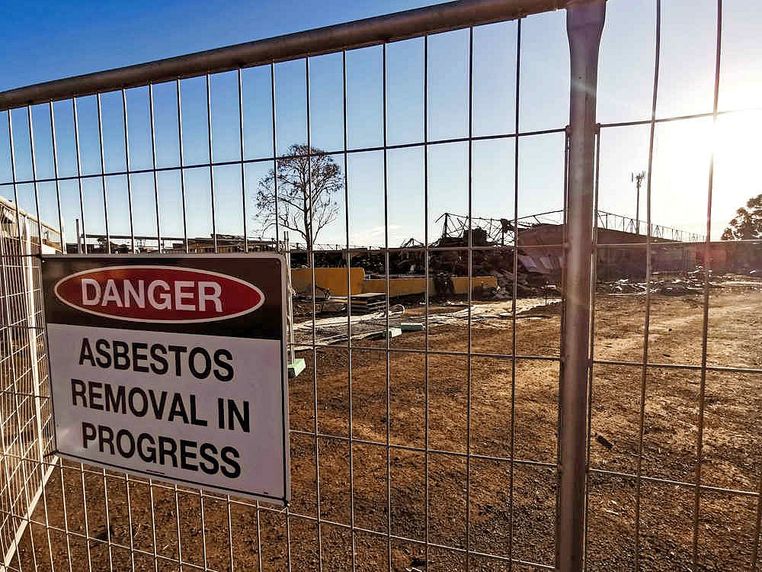
By Benjamin Millar
Authorities bracing for the massive task of removing millions of litres of dangerous waste from the site of the Tottenham fire have revealed a toxic cocktail of more than 100 different chemicals remains at the site.
Star Weekly last month reported up to 10 million litres of chemical waste have been sitting on the site for more than a year, sparking a furious response from nearby residents worried about the potential health and safety risks.
Environment Protection Authority Victoria and Worksafe earlier this year ordered the site’s owner to devise plans to clean up the site by next August, however WorkSafe is now using its powers to directly oversee waste chemical removal and disposal after the owner failed to comply.
WorkSafe is assembling a taskforce including the EPA to clean up the site, with input from emergency services and Maribyrnong Council.
The operation involves the removal of 7 to 15 thousand cubic metres of debris, including an estimated 7-10 million litres of residual chemicals not burnt in the August 2018 inferno, one of the worst industrial fires to hit Melbourne in decades.
“Contractors will be engaged to manage the operation, and all demolition work will need to comply with construction and asbestos regulations,” WorkSafe said in a statement.
“Security and air monitoring for asbestos are also in place.”
A site clean-up and management plan is being devised to safely remove the toxic waste without harming workers, the community or the environment.
The plan is drawing on the results of the EPA’s sampling of chemical drums that weren’t burnt in the fire, publicly released last week.
Sampling conducted between May and June and completed last month found large amounts of hydrocarbons, alkanes, chlorinated hydrocarbons, phenols, pesticides, metals and solvents such as acetone.
Volatile organic compounds were also discovered, along with compounds such as PFAS and PFOA.
“A mix of over one hundred hazardous and industrial chemical substances were identified inside the drums,” the EPA said in a statement.
“Sludge and water samples contained the same sorts of chemicals found in drum and waste samples showing concentrations of PFAS, PAHs and hydrocarbons.”
The EPA has moved to assure residents that the remaining chemicals pose no health risk while still contained in the drums, defending the time taken to reveal the lengthy chemical list by arguing safety was a priority and the assessment was complex, requiring the use of specialised laboratories to assess more than 400 potential chemicals.







